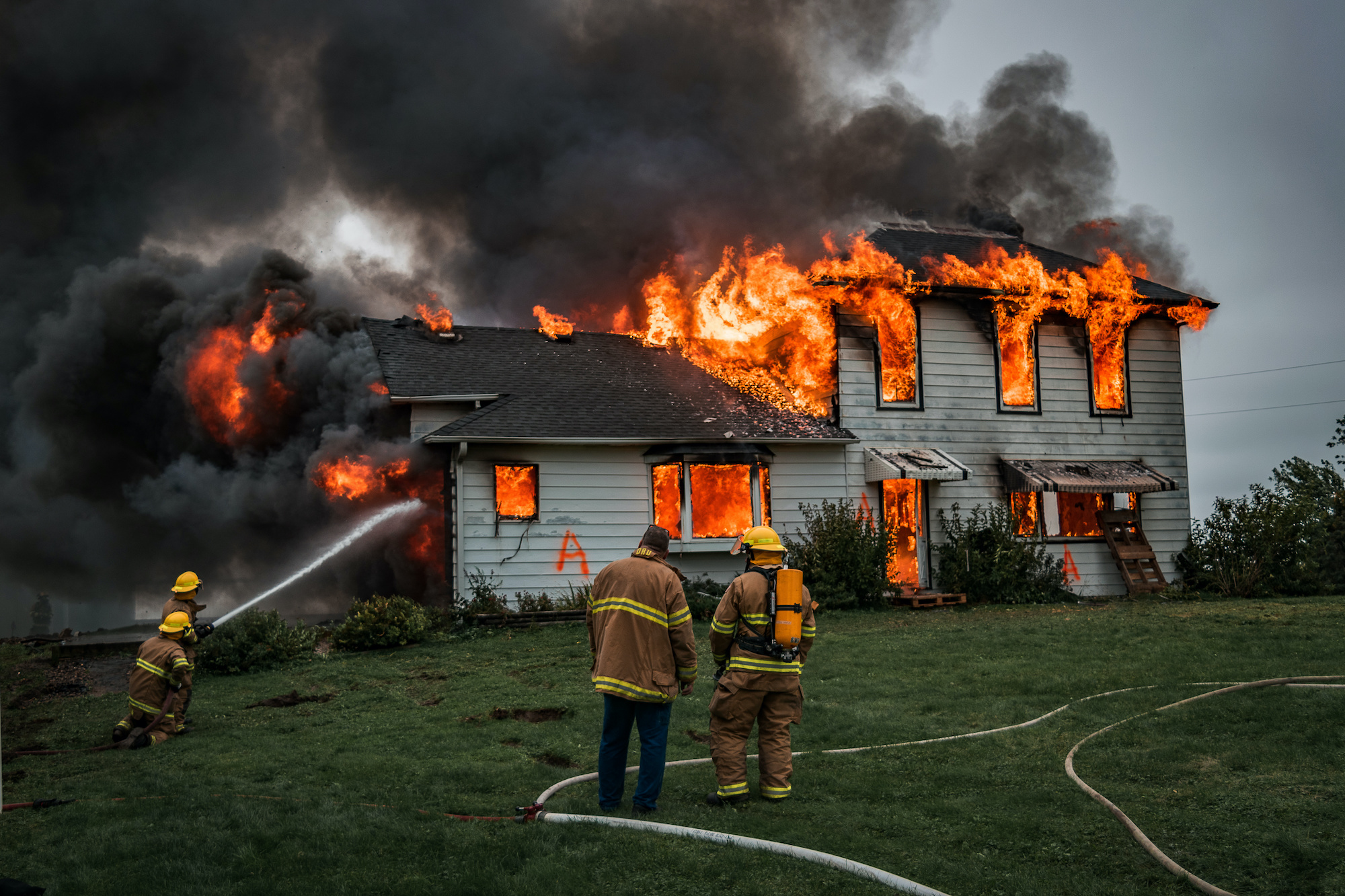Smoke alarms come in two kinds: ionization and photoelectric. Depending on the source of the smoke, one type of alarm gives a faster warning compared to the other. Do you know which type of smoke alarms your home is equipped with? Read on to learn the differences between ionization and photoelectric smoke alarms, and why you should have both types installed in your home.
Ionization Smoke Alarms
- These types of alarms respond faster to flaming fires, meaning fires that produce a high amount of heat.
- An example would be fires started when a candle tips over and ignites a curtain.
- Thus, ionization smoke alarms work best in rooms where you put highly flammable items like grease, paints or papers.
- Ionization-type smoke alarms have a small amount of radioactive material (Americium-241) between two electrically charged plates. When smoke enters the smoke alarm chamber, the radioactive material reacts in such a way that it triggers the alarm.
Photoelectric Smoke Alarms
- Photoelectric smoke alarms respond faster to smoldering fires, meaning fires that burn slowly and create less heat.
- One such type of fire can occur when a cigarette falls onto a couch cushion. Smoldering fires may fill the home with a ton of smoke before flames appear.
- Photoelectric smoke alarms have a different mechanism for detecting smoke. The smoke alarm chamber has a light that is reflected onto a light sensor when smoke enters the chamber, activating the sound of the alarm.
Use Both Ionization and Photoelectric Smoke Alarms in Your Home
- Both types of smoke alarms have their advantages as both flaming and smoldering fires can occur in your home.
- While an ionization alarm will eventually detect a smoldering fire, it will do so more slowly than a photoelectric alarm. Thus, it’s best to use a combination of ionization and photoelectric smoke alarms to receive the fastest warnings.
- If you have ionization smoke alarms in your home, install separate photoelectric alarms or vice-versa. If you don’t know which types of alarms you have, check your owner’s manual. Or try this: take the smoke alarm down and look at what it says on the back. You should see “Photoelectric” or “Ionization”, or even “P” or “I”.
- Alternatively, replace your existing alarms with combination alarms that include both technologies in a single device.
- Install smoke alarms in every bedroom, outside each sleeping area, including the basement and on every level of the home.
Learn more about choosing the best type of smoke alarms for your home and how to test your smoke alarms. For fire damage repair or smoke damage restoration, contact your local PuroClean office.




 PuroClean of Broken Arrow
PuroClean of Broken Arrow